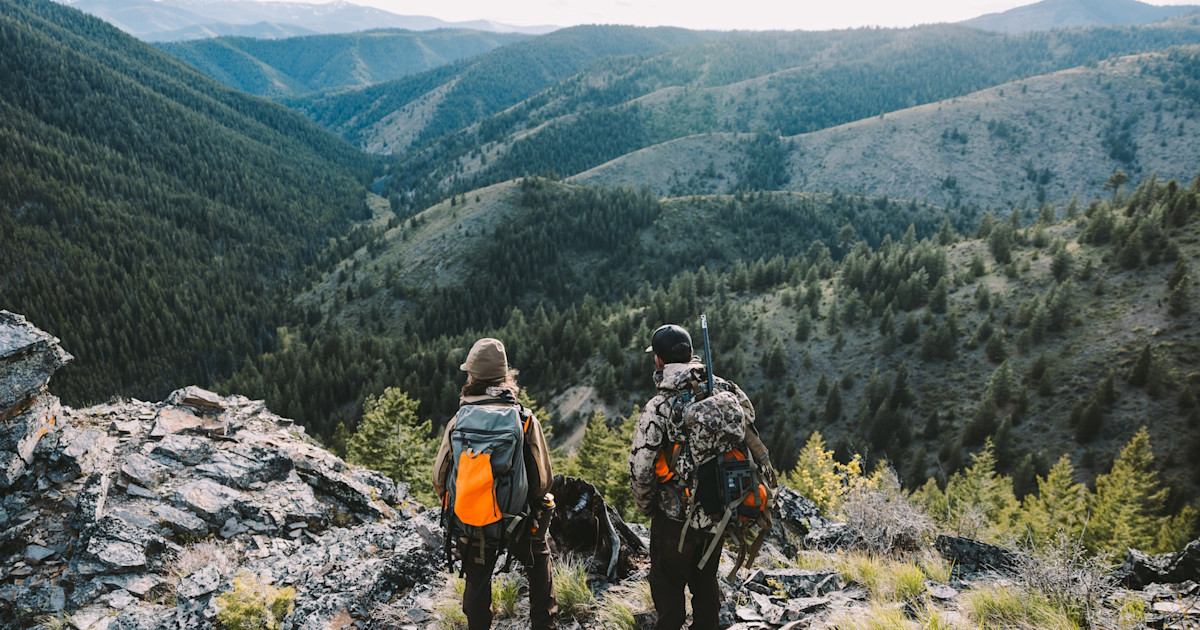Last week, US Secretary of Agriculture Brooke Rollins announced an intended rollback of a 2001 “Roadless Rule” prohibiting new road construction—and therefore most new development—on nearly 59 million acres of Forest Service lands. The rule was originally established to prevent fragmentation of the nation’s forests, and out of concern that the Forest Service budget was stretched too thin to maintain the roads already in existence.
When the 2001 rule was created, it designated large swaths of Forest Service land as officially “roadless” based on the amount of undisturbed soil, water, and forest vegetation present. The term is somewhat of a misnomer, though, because official “roadless” areas can contain some roads; but new road construction is prohibited.
Overall, roadless areas account for about 30% of all land managed by the Forest Service. In some states, the proportion is much higher. In Alaska, for instance, that number is 67%; and in Utah, 50%. (The rule doesn’t apply to Colorado and Idaho, who each negotiated with the federal government in 2005 and now have their own sets of forest regulations and restrictions).
When the Clinton administration pushed the rule through at the turn of the century, it didn’t turn a blind eye to the effects the road-building prohibitions might have on natural resource extraction. In the 2001 decision summary in the Federal Register, the text reads: “This decision is expected to cause additional adverse economic effects to forest-dependent communities because of the potential reduction in future timber harvest, mineral leasing, and other activities. However, the Department believes that the long-term ecological benefits to the nation of conserving these inventoried roadless areas outweigh the potential economic loss to those local communities.”
But as they say: the times they are a-changin’. Through executive orders and cabinet appointees, President Trump has made clear that national priorities on public land are to be focused on resource extraction. Rolling back the Roadless Rule is another step in that direction.
“Once again, President Trump is removing absurd obstacles to common sense management of our natural resources by rescinding the overly restrictive roadless rule,” Rollins said in an announcement last week. In the same press release, the USDA cited a January 31 executive order, titled Unleashing Prosperity Through Deregulation as the legal basis for rescinding the rule.
Rollins, however, only briefly alluded to logging or mineral extraction in her announcement. Instead, she spun the action as a means of wildfire mitigation. “Of the 58.5 million acres of inventoried roadless areas,” her staff said in a press release, “28 million acres are in areas at high or very high risk of wildfire. Rescinding this rule will allow this land to be managed at the local forest level, with more flexibility to take swift action to reduce wildfire risk and help protect surrounding communities and infrastructure.”
Shortly after the announcement—which was first made at a meeting of the Western Governors’ Association—a number of public-land and wildlife advocacy groups were quick to suggest that Rollins and the USDA are blowing smoke. “The Roadless Rule allows for exceptional backcountry recreation and includes exceptions for access to inholdings, mineral leases, and timber projects that reduce fire risk or benefit wildlife habitat,” said BHA Director of Government Relations, Kaden McArthur, “Let’s be clear… repealing the Roadless Rule isn’t about improving forest management—it’s about expanding a development network that threatens intact landscapes hunters, anglers, and wildlife can’t afford to lose.”
In addition to exceptions already made for fire suppression, Forest Service roads are known hotspots for wildfire starts—often caused by irresponsible recreators—and a 2007 report suggests that the increased fire risk from roads often outweighs the positive impacts those roads have on firefighting efforts.
On the flip side, though, National Forest lands throughout the country—and especially in the West—have been managed under full suppression for over a century, which has created a lethal positive feedback loop for more and bigger wildfires. Logging has practical, functional benefits for forest ecosystems, and just because areas could be open to road-building, doesn’t mean bulldozers will actually hit the mountainsides.
“It’s not automatic that by lifting the Roadless Rule, all those lands go to meeting timber goals,” Mary Erickson, a retired supervisor on the Custer-Gallatin National Forest, told Montana Free Press. “A lot of roadless lands are roadless for a reason. They’re steep and rugged and don’t necessarily have high-value timber.”
Going forward, the process of rescinding the Roadless Rule could be lengthy. It’s been written into high-level forest plans and endangered species recovery plans for the past 25 years, and those documents will need to be revised as well. Additionally, the formal rulemaking procedure will likely be drawn out by lawsuit challenges. Practically speaking, it could be a long time until the measure takes effect.
Read the full article here

